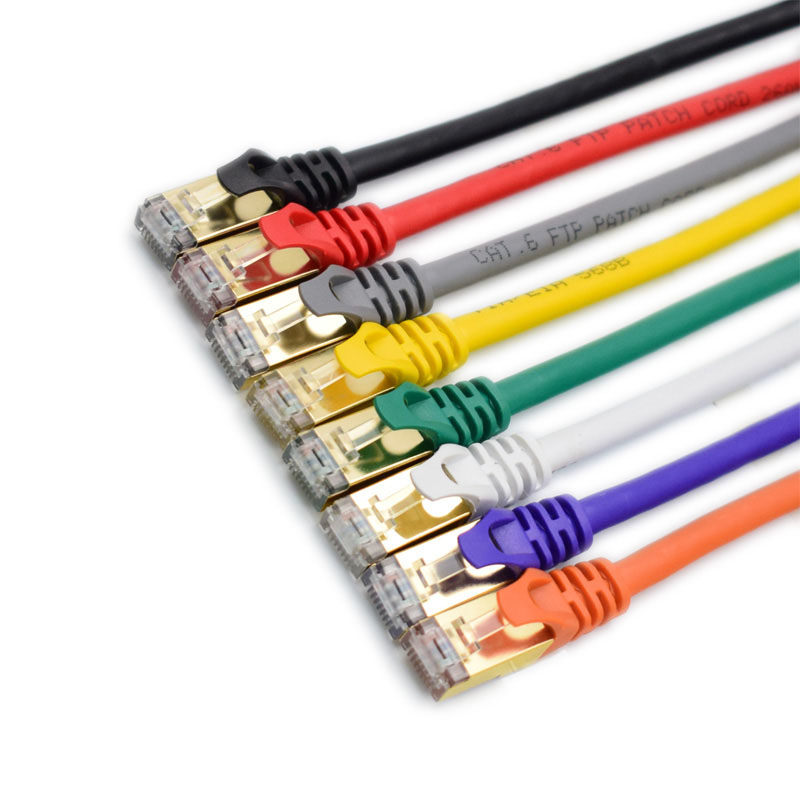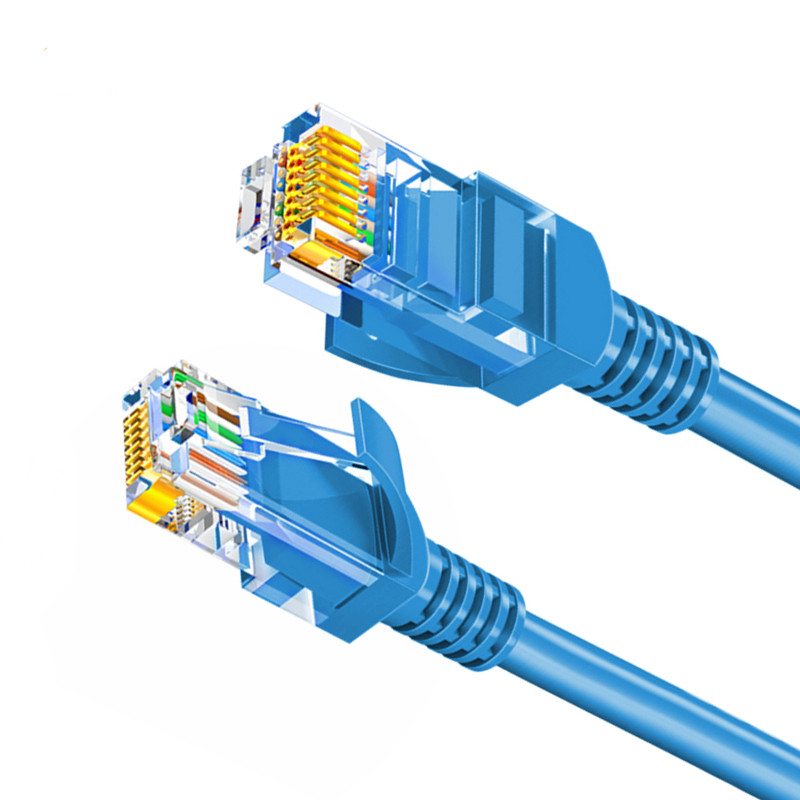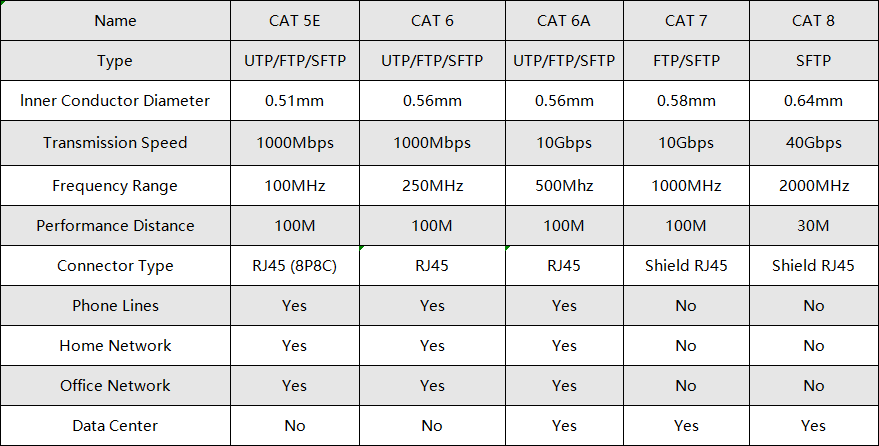
Zhuhai Yuxun Innovation Technology Co., Ltd.

TEL:
+86-756-8682821
LunesParaDomingo 8:00-22:00
What was the difference ?
It's commonly to see various types patch cables from CAT5 to CAT8 . But for commercial using in market still are CAT5 to CAT6A . Now let's talk about CAT6 cable mainly . As I pretty much expected , with such a short distance, all cables were more than capable . Of handing the full gigabit connection . I had also tested upload speed but it was very inconsistent between tests so i didn't consider that . Then out of curiosity , I did a speed test on my desktop , which is plugged into a port in the wall , using my apartment's cat6 wiring , and with what I would guess is an extra 50 feet of cat6 cable , the speed only dropped less than 10 megabits , so a loss of less than 1% of speed . So the takeaway here is that unless you need to worry about future proofing your connection . It really doesn't matter what type of cable you buy . Perhaps if you have tons and tons of cables packed right next to each other,the improved shielding on the better categories will help you , buy in almost all other cases , it shouldn't matter . But you may all be wondering , what’s the point’s of all these other cables if most people can’t use them . Well , part of it's marketing , since it’s easy to say you need the “better” cable with the higher number , which of course costs more . But of course there is networking hardware out there capable of 10 gigabit ethernet , usually commercial equipment . However , we are starting to see some of 10 gigabit consumer grade switches coming out .
For example , there's the a switch ,which has two 10 gigabit ports, so you could hook up your computer, and maybe a network storage device to the 10 gigabit port.then everything else to the gigabit ones. That way, even of none of the other device on the network are capable of 10 gigabit. It would allow multiple gigabit data transfers to multiple devices simultaneously , or a 10 gigabit transfer to whatever is on the other fast port . In that sort of situation , where you do have 10 gigabit capabilites, at least Cat6 would be required , at least for the 10 gigabit and if it’s over any kind of distance ,Cat6a would be ideal,for the better reliability . But something tells me not to many people are going to be using 10 gigabit for a while.So i guess my takeaway from all this is that even old ethernet standards have help up surprisingly well. Believe it or not , the same RJ45 connector used in these ethernet cables was first standardized in 1987. At that time ,the initial spec was only 3KHz bandwidth, and now it’s getting into the Gigabit Hz . So I think it’s safe to say that connector probably won't be going anywhere any time soon, since it seems like there's still a lot of room for expansion . I'd love to here what you think down in the comments section . Are you still using old Cat5e cable , or do you need speed higher than 10G ? If you want to buy network cable , please contact us www.yuxun.com



